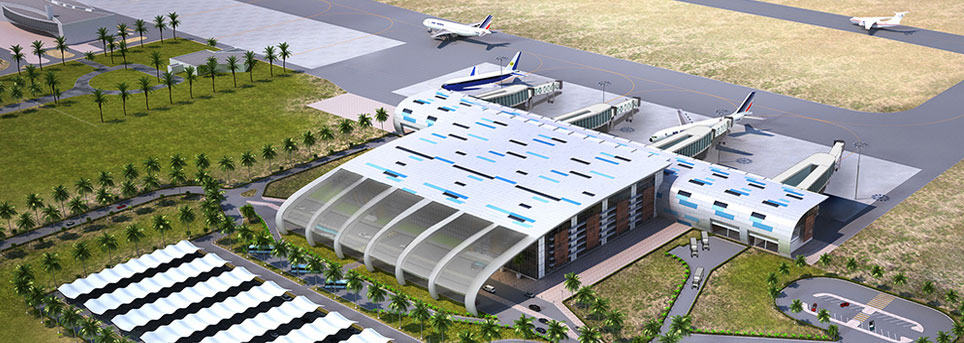The Challenge
Scott Brownrigg and local architects commissioned AiQ Consulting to undertake an airport design review to undertake the full holistic baggage and check-in operational requirements analysis leading to the full concept and Scheme design of baggage systems.
This project involved three airports in Saudi Arabia – Prince Abdul Mohsen Bin Abdulaziz International Airport at Yanbu, Prince Nayef Bin Abdulaziz Airport at Qassim and Hail Airport. This included the complete end to end departures and arrivals baggage solutions examining check-in desks, kiosks, baggage make-ups points, baggage reclaims and the departure/arrivals area.
The Solution
The proposed concept designs used traditional methodologies for the baggage and check-in systems, since automated technology is yet to be adopted by consumers in Saudi Arabia.
The AiQ Consulting team reviewed the current airport specifications and requirements, including projected passenger volume future demand. We also reviewed the current baggage systems against the current demand in addition to baggage demand forecasts, including seasonal and peak hour forecasts and specific scenarios.
A key consideration was how religious events, such as Islamic pilgrimages, affect the seasonal fluctuations and impact on airport demand. Pilgrimages, whether they are mandatory religious duties at a specific time of year such as Hajj, or Umrah which can be undertaken at any time, impact on airports resulting in high passenger volumes at certain times of the year.
The Saudi Arabian culture was also a key consideration on the passenger behaviour and technology adoption, effecting the design proposals. For example, passengers often travel in large family groups with joint ownership of luggage, in addition to out of gauge baggage such as Holy water. These passenger behaviours were taken into considerations in the process assumptions affecting the process times of passenger and baggage flows at key stages.
The Benefit
We were able to help future proof all three of the airport’s baggage handling systems, developing culturally-aware models and solutions to support predicted Passenger & Baggage demand and capacity requirements.
All designs and solutions met IATA standards and the client was very happy with the proposals.
Our efficient method of working was also well received, working remotely on the project with regular video conferencing, working as part of a multidisciplinary supply team with the client in Istanbul, as well as bringing in our key stakeholder management skills to work with a multicultural team across all companies involved. This ensured full buy in of the solutions throughout the process.
- Increased capacity and flexibility
- Efficient stakeholder management
- Prevented unnecessary investment costs
- Resource utilisation increased
- Improved passenger customer service and airport experience
- Expert baggage systems knowledge
- Consideration of cultural influences passenger behaviour and technology adoption

